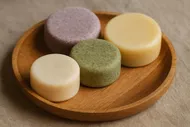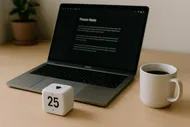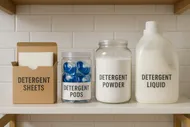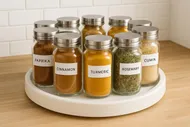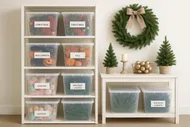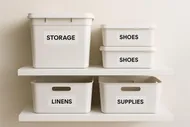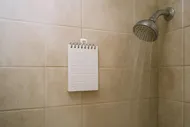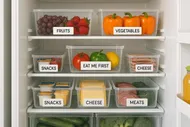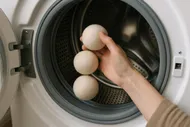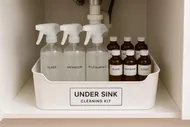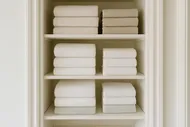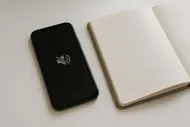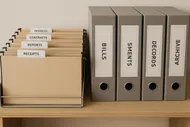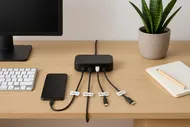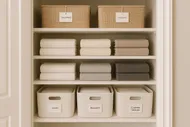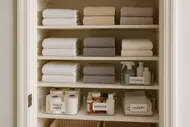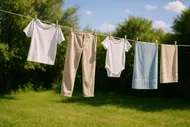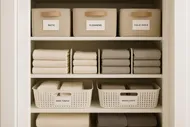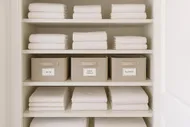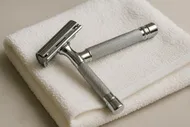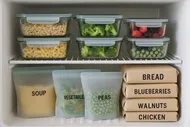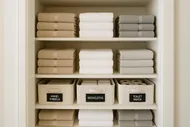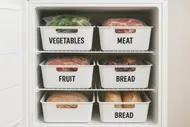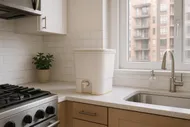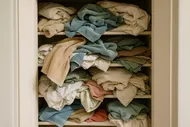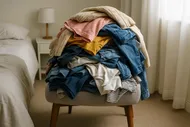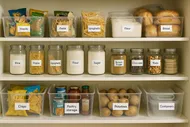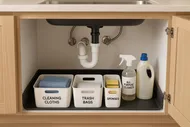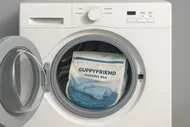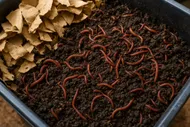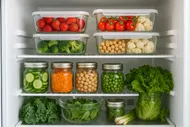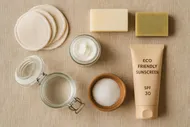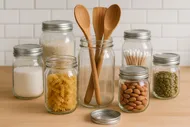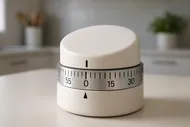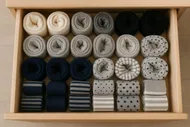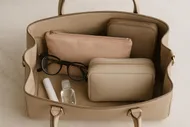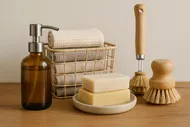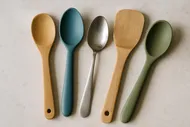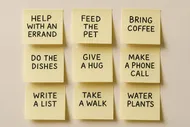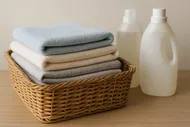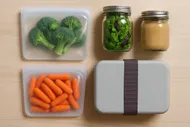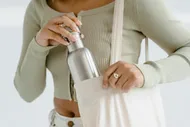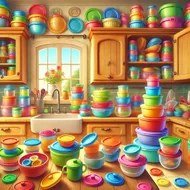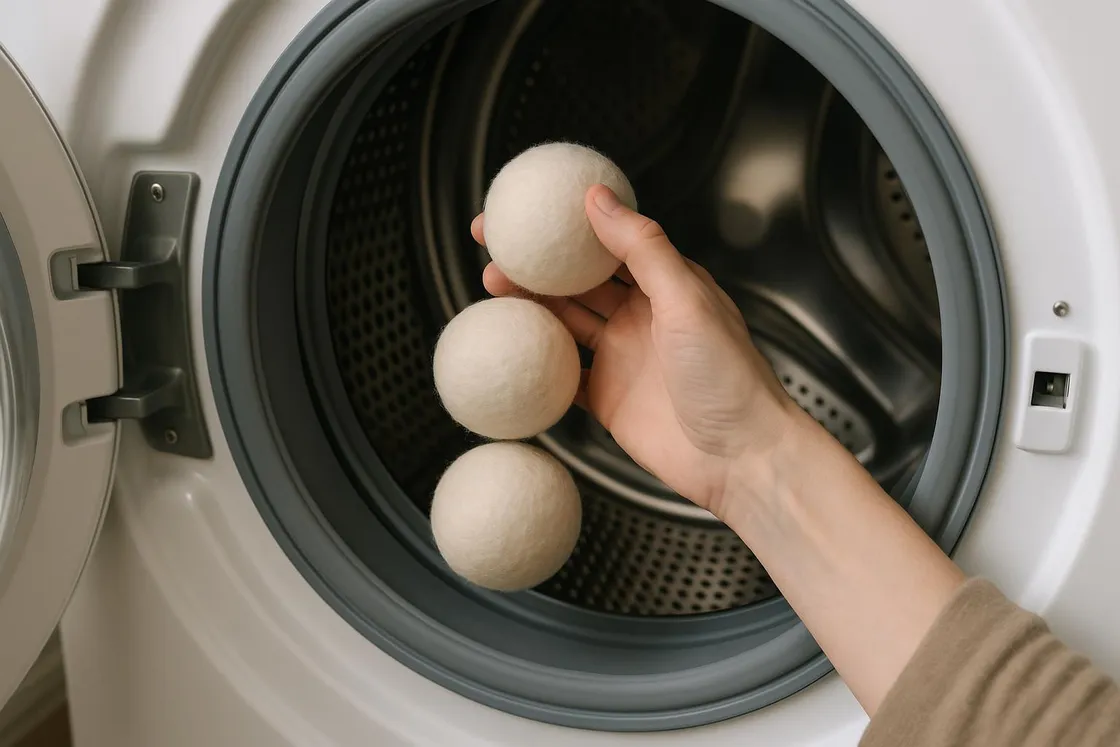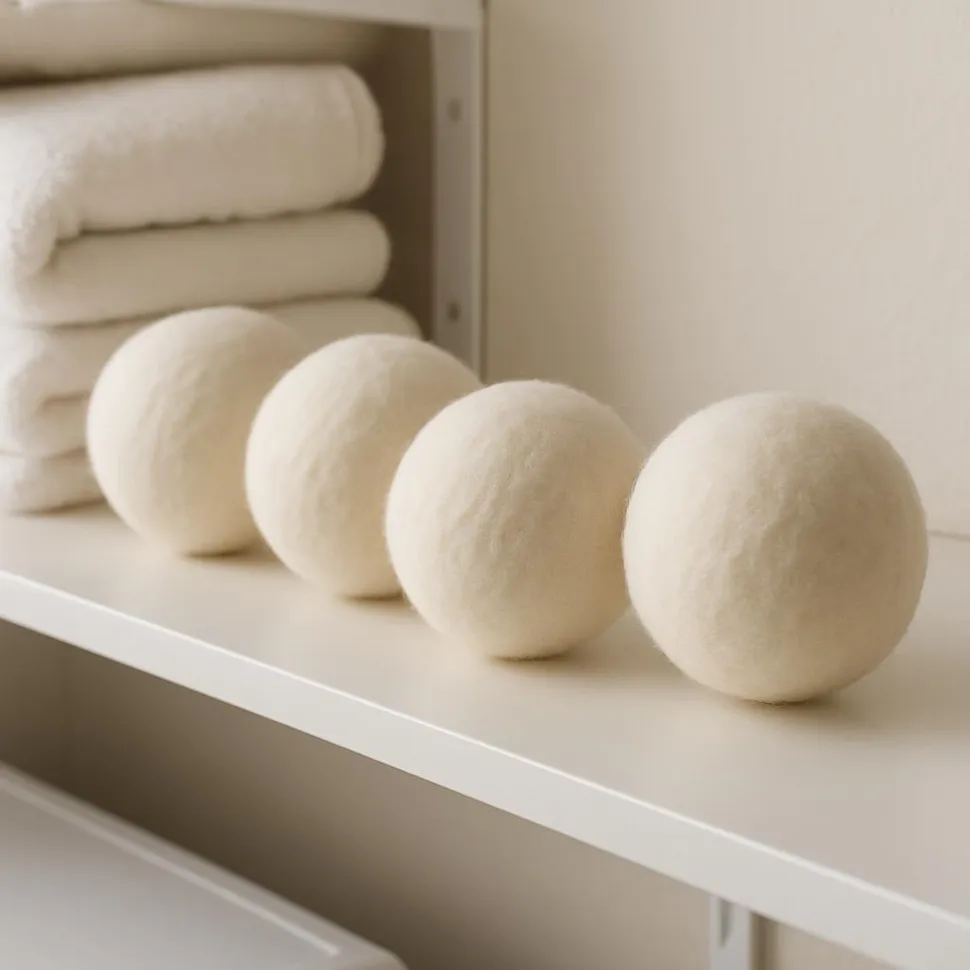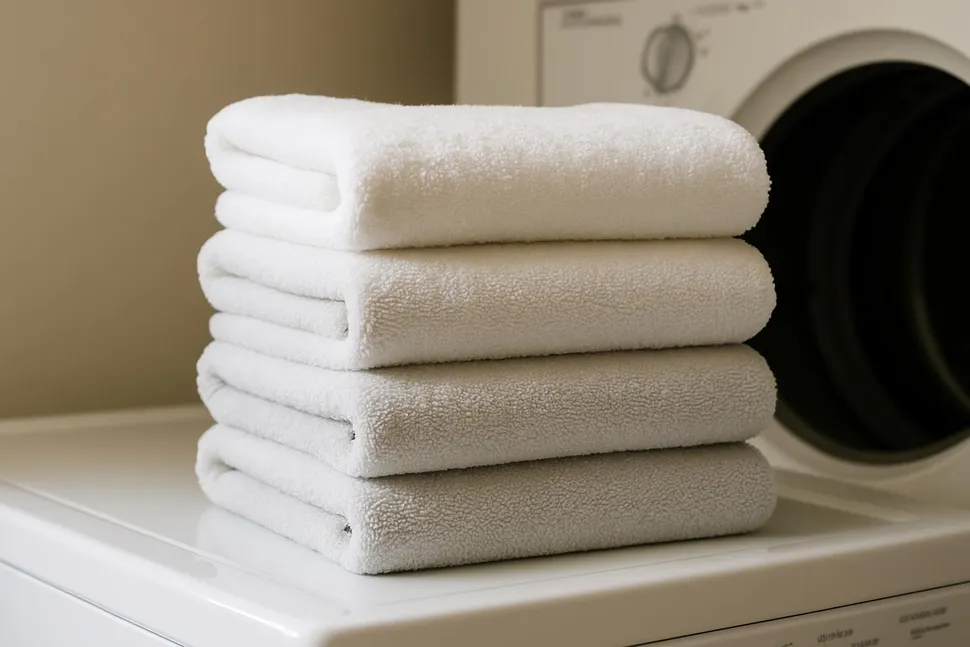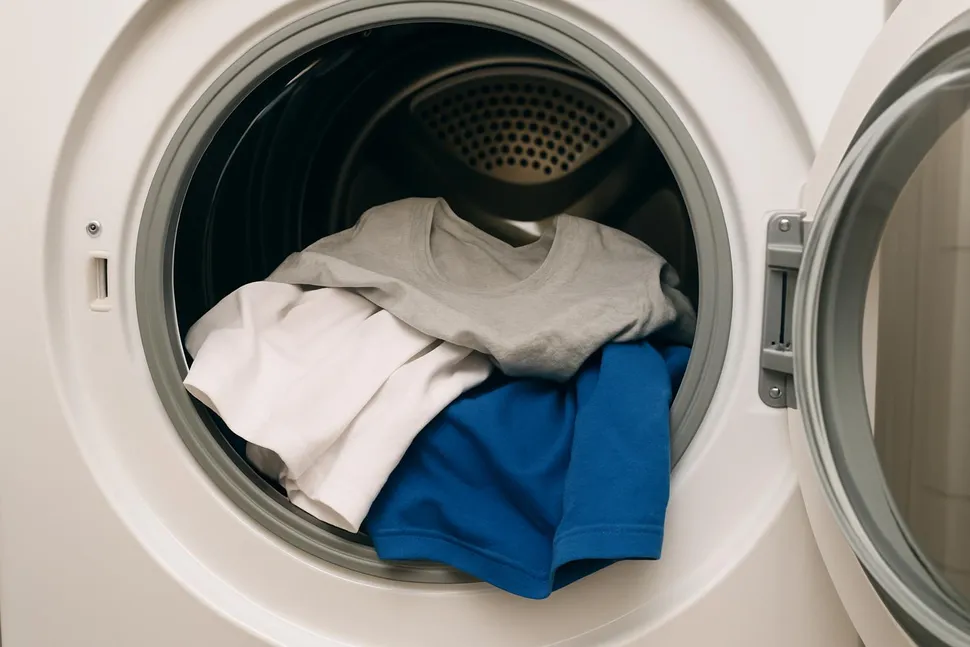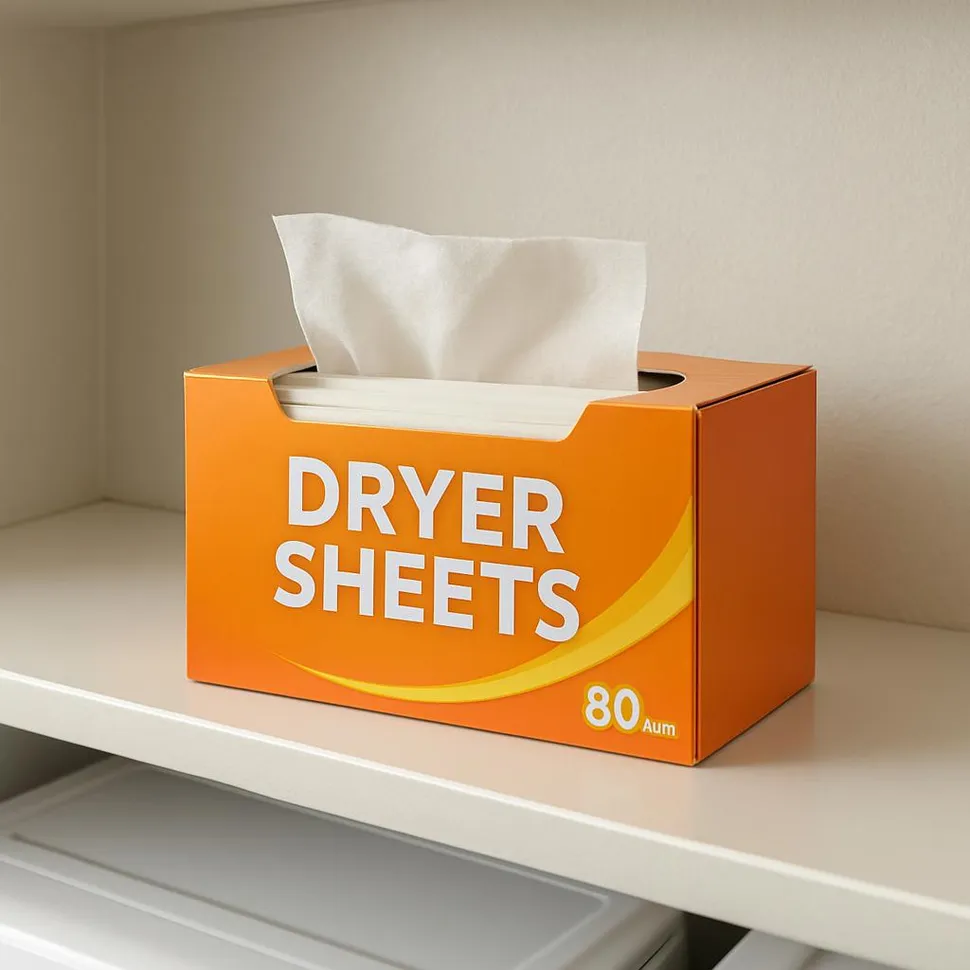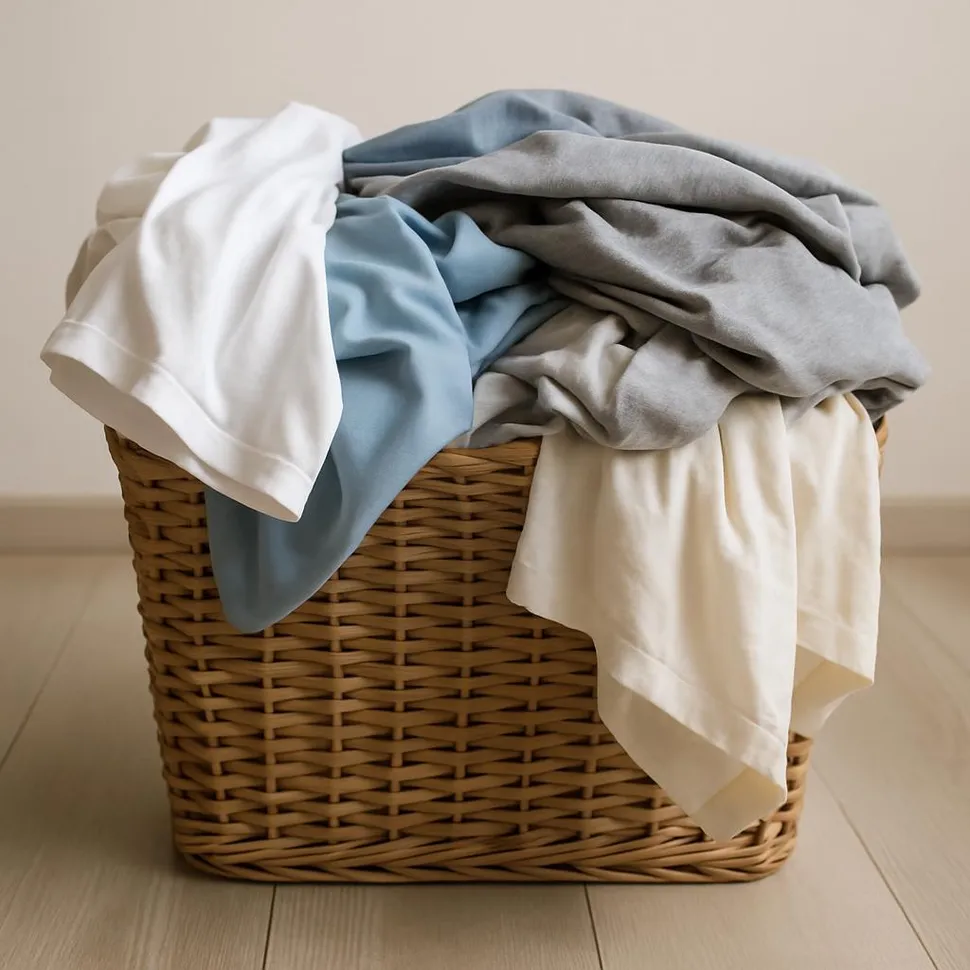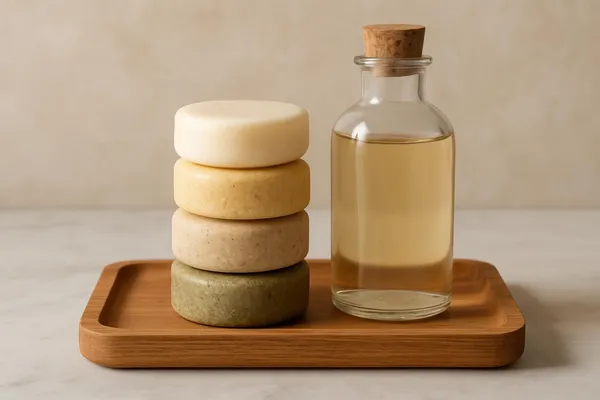If your laundry routine feels like a never-ending tumble dry on repeat, this one is for you. I spent two weeks putting wool dryer balls head-to-head with dryer sheets and good old tumble-without-additives to answer the big questions: Do they actually speed up drying? Do they cut static? Are they worth the money? And where does air-drying still win by a mile? Grab a cozy sock (or three) and let’s roll.

What I tested (and how)
To keep things fair, I ran multiple loads in a standard vented dryer and tracked dry time, energy use (via a smart plug), static cling, softness, wrinkles, and lint. Each type of load ran three ways:
- No additives
- 4-6 wool dryer balls
- 1 standard dryer sheet
Loads tested:
- Towels (heavy, thirsty)
- Mixed cottons (T-shirts, jeans, socks)
- Synthetics/athleisure (polyester, spandex blend)
- Bedding (sheets and duvet cover)
I kept heat settings as usual (medium), cleaned the lint trap between cycles, and rotated the order to minimize weird variables like humidity and machine temp.
✅Quick verdict
Wool dryer balls reduced dry time the most for heavy loads (10-25%), offered mild-to-moderate static control in normal humidity, and paid for themselves within a few months. Dryer sheets still win on static during super dry winter air, but bring chemical coatings and ongoing cost. For synthetics, softening and static are trickier—consider Microplastics in Laundry: Do Guppyfriend Bags and Filters Work? to upgrade your routine.
The science-y bit (promise, this is quick)
Wool dryer balls work by:
- Creating air pockets: Balls lift and separate fabrics, letting hot air move more efficiently.
- Absorbing moisture: Wool temporarily wicks water, then releases it, helping even out drying.
- Gentle beating: That bounce lifts fibers for softness and reduces clumping.
Dryer sheets coat fabrics with softeners (often quats or silicone derivatives) that reduce friction and cling—but those coatings can build up on towels and performance fabrics.
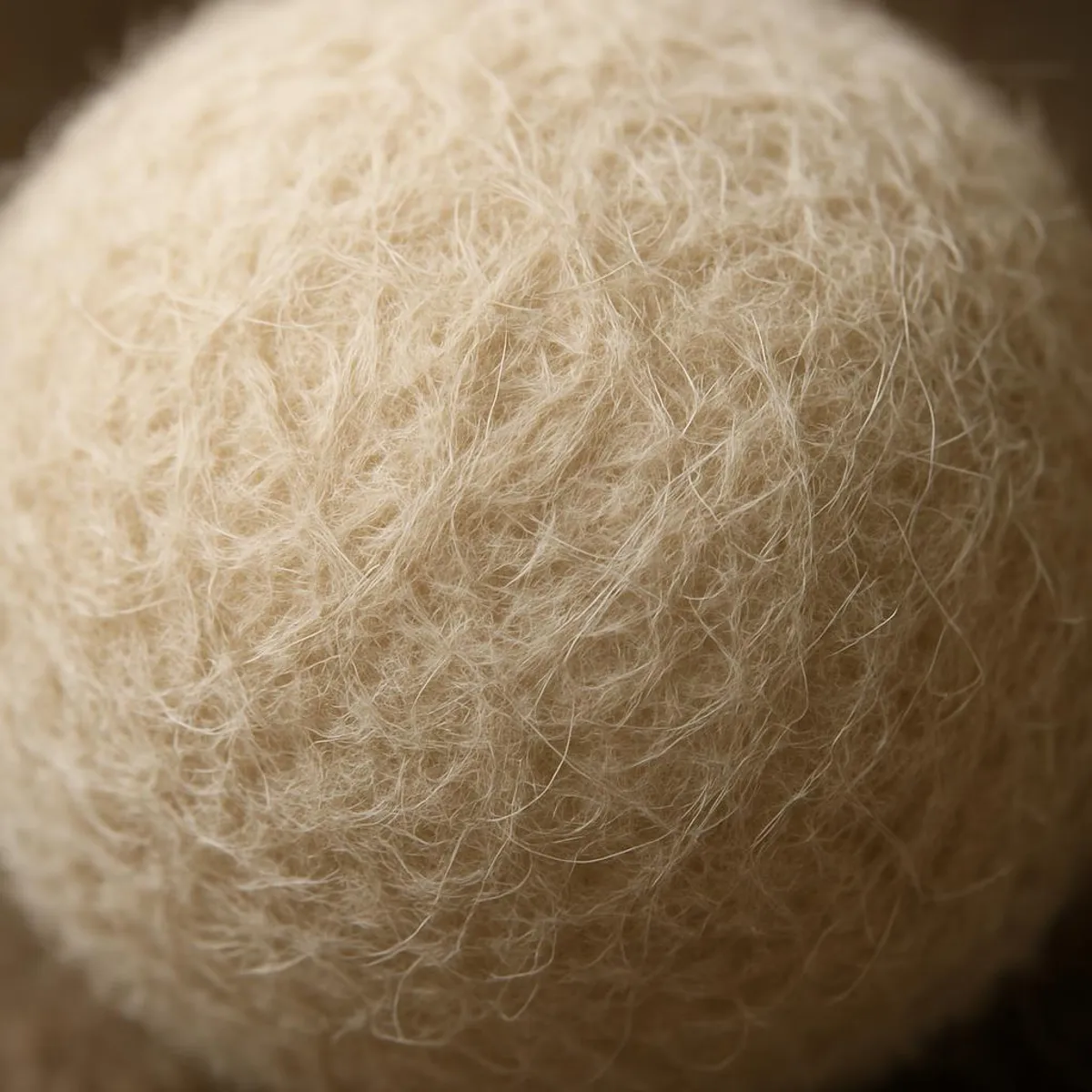
Results: Dry time, static, softness, and lint
Here’s how things shook out, averaged across multiple loads.
-
Towels
- Dry time: Dryer balls reduced 18-25% compared to no additives; dryer sheets: 8-12%.
- Feel: Fluffier with dryer balls. Dryer sheets softened, but towels felt slightly less absorbent after repeated use.
- Static: Minimal across the board (towels rarely build intense static).
-
Mixed cottons
- Dry time: Dryer balls 10-15% faster; dryer sheets about 8%.
- Feel: Both solutions softened noticeably. Balls kept jeans less stiff.
- Static: Dryer balls were fine in normal humidity, but in very dry air, sheets reduced cling more.
-
Synthetics/athleisure
- Dry time: Dryer balls 5-10% faster; sheets ~5%.
- Feel: Similar. Some poly fleece felt slightly less clingy with sheets.
- Static: Both struggled a bit in low humidity; sheets performed better on cling.
-
Bedding
- Dry time: Dryer balls 12-18% faster; sheets 8-12%.
- Wrinkles: Balls helped sheets tumble more evenly, reducing giant duvet burritos.
- Static: Mild improvement with balls; sheets were strongest for cling.
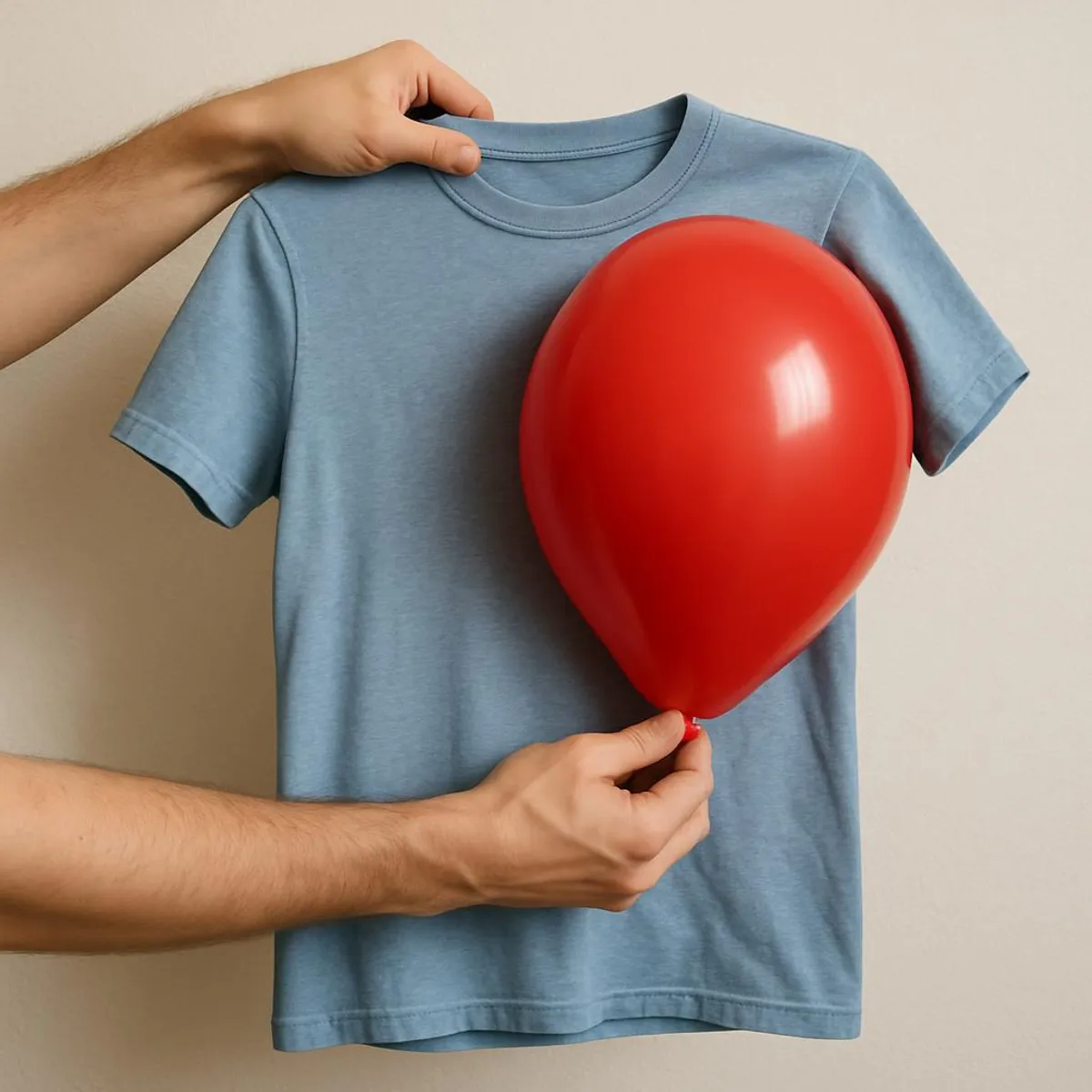
Energy and cost-per-load math
Let’s zoom in on what your wallet sees.
Assumptions:
- Average dryer energy per load: ~3.0 kWh
- Electricity rate: $0.20 per kWh (adjust yours as needed)
- Loads per year: 150 (about 3 per week)
- Wool dryer balls: $18 for a 6-pack, lifetime ~1,000 loads
- Dryer sheets: $8 for 120 sheets ($0.07/sheet), 1 sheet per load
Savings with dryer balls:
- If balls reduce dry time by 15% on average, that’s ~0.45 kWh saved per load.
- 0.45 kWh x $0.20 = $0.09 saved per load.
- Over 150 loads/year = $13.50 saved on energy alone.
- Cost per load of dryer balls: $18 / 1,000 = $0.018
- Net savings per load vs no additives: ~$0.09 - $0.018 = ~$0.072
Cost comparison:
- Dryer sheets: ~$0.07 per load ongoing
- Wool dryer balls: ~$0.018 per load (one-time purchase, long lifespan)
- No additives: $0 extra, but no time savings
Static control: What actually helps
Dryer balls reduce static by speeding up drying and separating clothes, but they don’t add anti-static coating. If you fight major cling (hello, winter), try:
- Lower heat: Over-dried clothes equals cling central.
- Add moisture back: Toss in a slightly damp washcloth for the last 5-10 minutes.
- Mix loads: Combine some cotton with synthetics to diffuse static.
- Pin trick: Attach a metal safety pin to a ball to discharge static build-up. Check for snags first.
If you wear lots of technical fabrics, combine dryer balls with a microfiber filter or wash bag to reduce shed and static-y lint. Here’s your deep dive: Microplastics in Laundry: Do Guppyfriend Bags and Filters Work?.
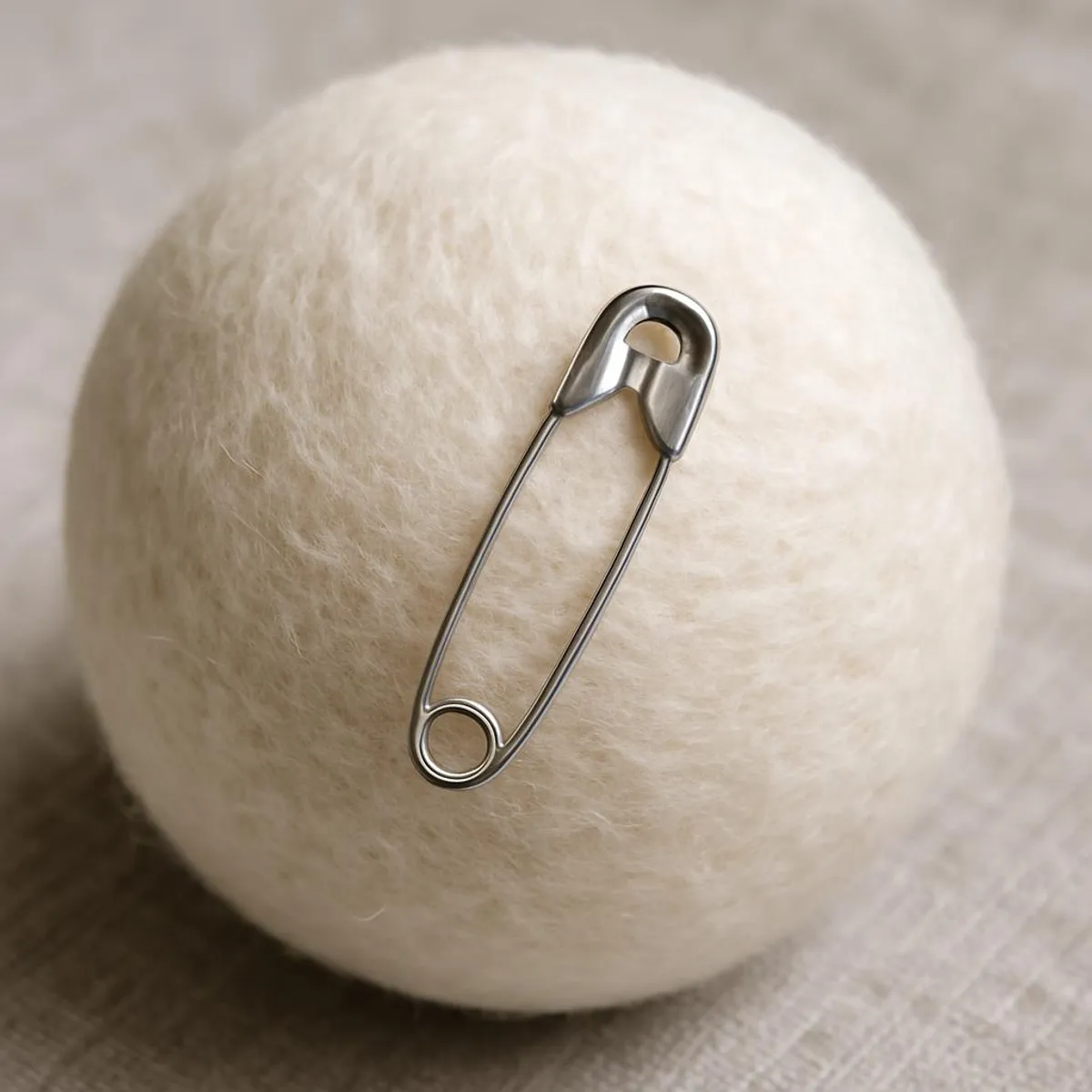
🔥About essential oils on dryer balls
Aromatherapy can be lovely, but be careful:
- Never drip oils onto balls right before high heat; let them dry fully or use low heat to reduce ignition risk.
- Avoid oils on baby items and sensitive skin fabrics.
- Use just a drop or two per ball and rotate which balls you scent to prevent buildup. Want a simpler path? Add a few drops to a small scrap of fabric and toss it in for the last 10 minutes only.
Wool dryer balls vs. dryer sheets vs. nothing
-
Wool dryer balls
- Pros: One-time purchase, lower waste, cuts dry time 10-25%, no chemical coatings, kinder to towels.
- Cons: Static control can be moderate in very dry air, can pill over time, a bit of thumping noise.
- Cost per load: ~$0.018
-
Dryer sheets
- Pros: Strong anti-static performance, extra soft feel, fragrance options.
- Cons: Ongoing cost, chemical coatings, can reduce towel absorbency and affect performance fabrics.
- Cost per load: ~$0.07 (depends on brand)
-
No additives
- Pros: Zero cost, zero extra products.
- Cons: Longer dry times, more wrinkles and cling.
Care and maintenance for your dryer balls
Treat dryer balls like friendly hedgehogs: low-maintenance, happy to help, sometimes a little fuzzy.
- Use 3 balls for small loads, 4-6 for big loads or bedding.
- De-fuzz: If they pill, trim with scissors or a fabric shaver to keep them smooth.
- Recharge: Wash in hot water and dry on high once every few months to refresh texture.
- Store dry: Keep them in a breathable bag near the dryer so you actually use them.
- Scent safely: If using essential oils, see the safety callout above.
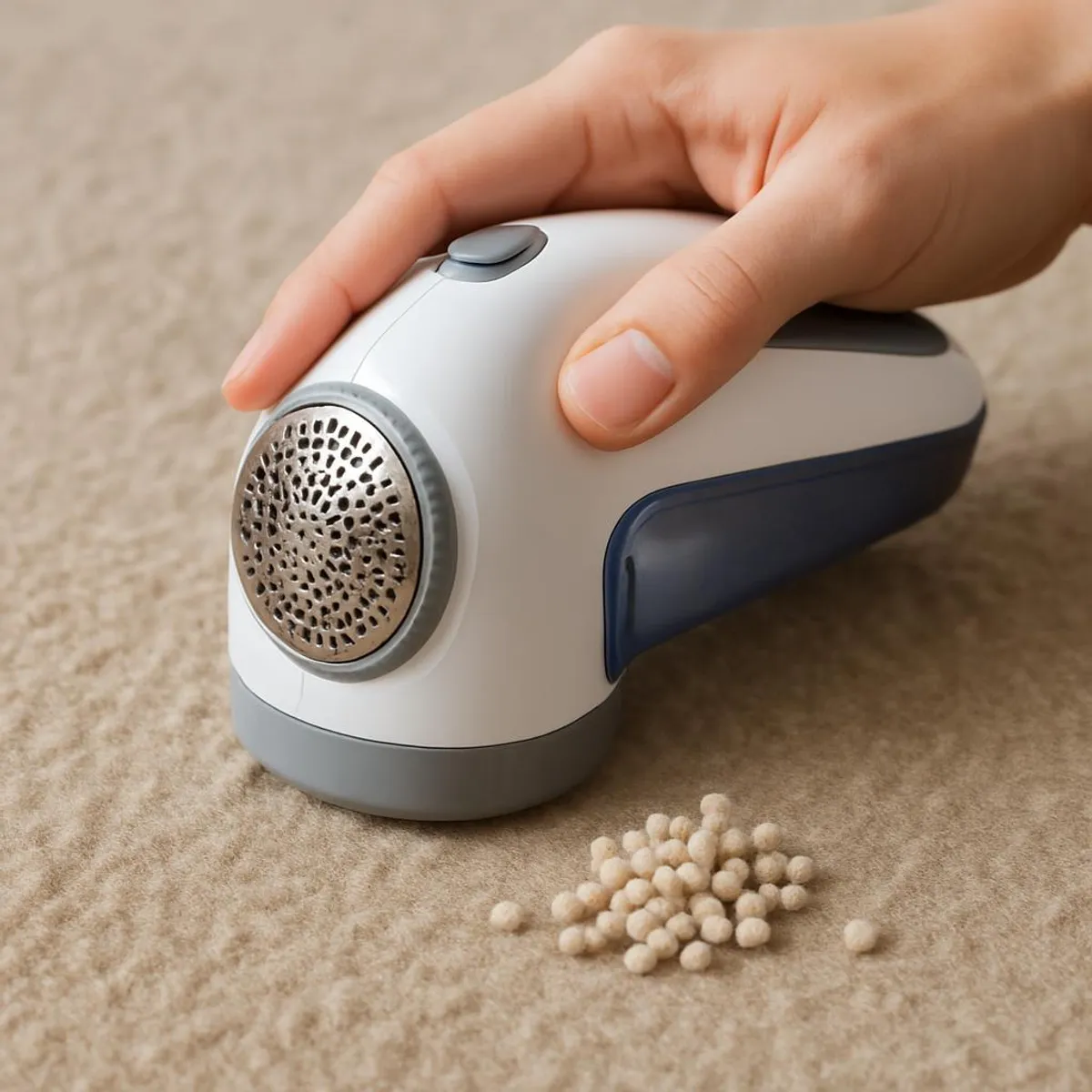
The greenest load is the one that line-dries. Every time I switch off the dryer, my power bill and my clothes both breathe a sigh of relief.
Chloe's laundry mantra
If you’re ready to flirt with fewer dryer cycles, this guide will help: Eco-Friendly Laundry Hacks: Save Money and the Planet. It pairs perfectly with air-drying basics from Air-Drying Laundry 101: Racks, Lines, and Zero-Mildew Tricks.
Troubleshooting: When dryer balls need a sidekick
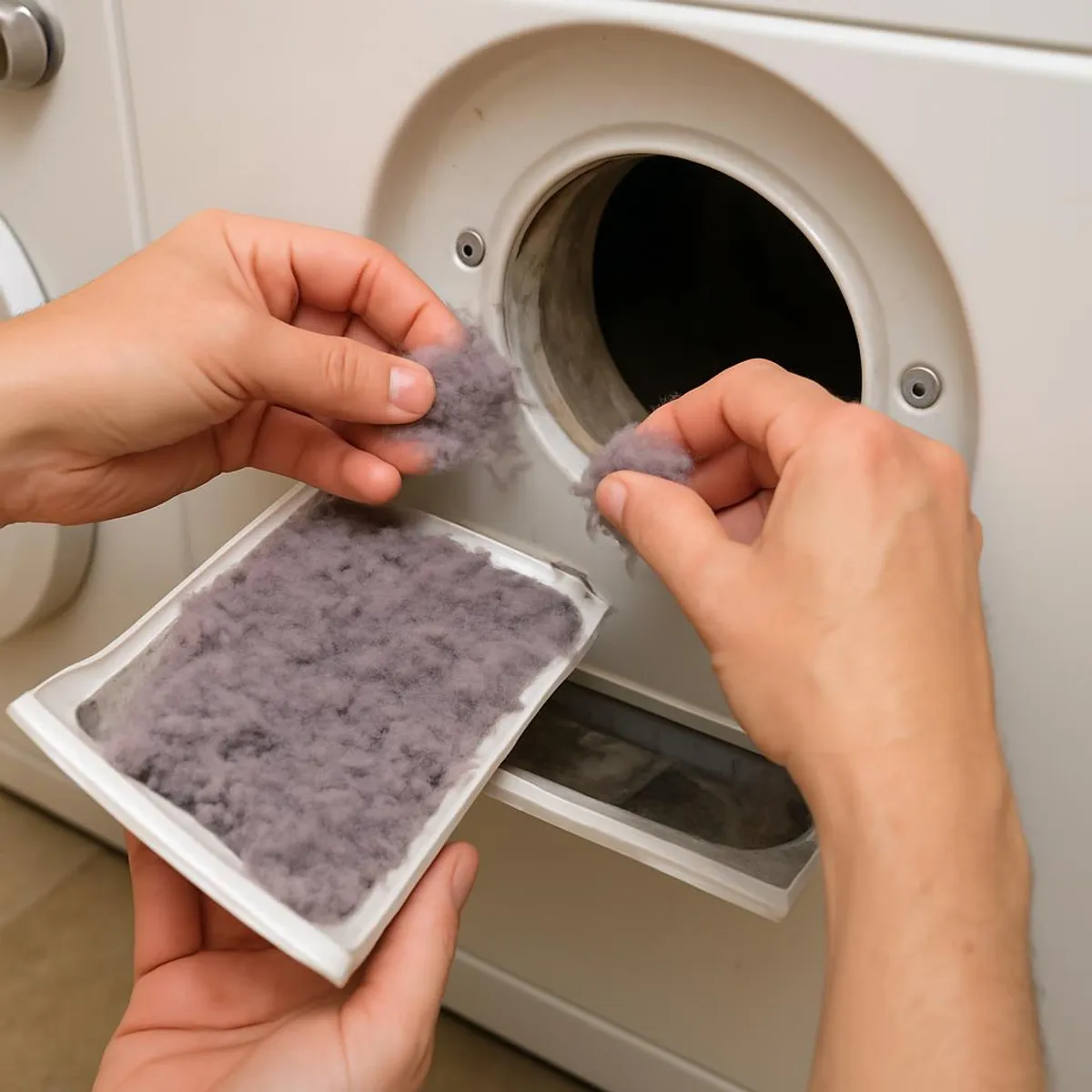
What to buy (and what to skip)
Look for:
- 100% wool (New Zealand or felted wool are common), fragrance-free.
- Light-colored balls if you wear lots of light fabrics (they shed less visible fuzz).
- A set of 4-6 to handle bedding and larger loads.
Skip:
- Scented or dyed balls if you have sensitive skin.
- Tiny sets that can’t separate large items well.
For a sense of options and reviews, browse:
Curious about energy use benchmarks?
Where dryer balls do not beat air-drying
- Delicate knits, lingerie, and anything prone to heat damage.
- Performance fabrics where coatings matter (hang dry to extend life).
- Peak summer days: If you have a balcony or yard, the sun and breeze are unbeatable.
If line-drying has ever felt fiddly, this will convert you: Air-Drying Laundry 101: Racks, Lines, and Zero-Mildew Tricks.
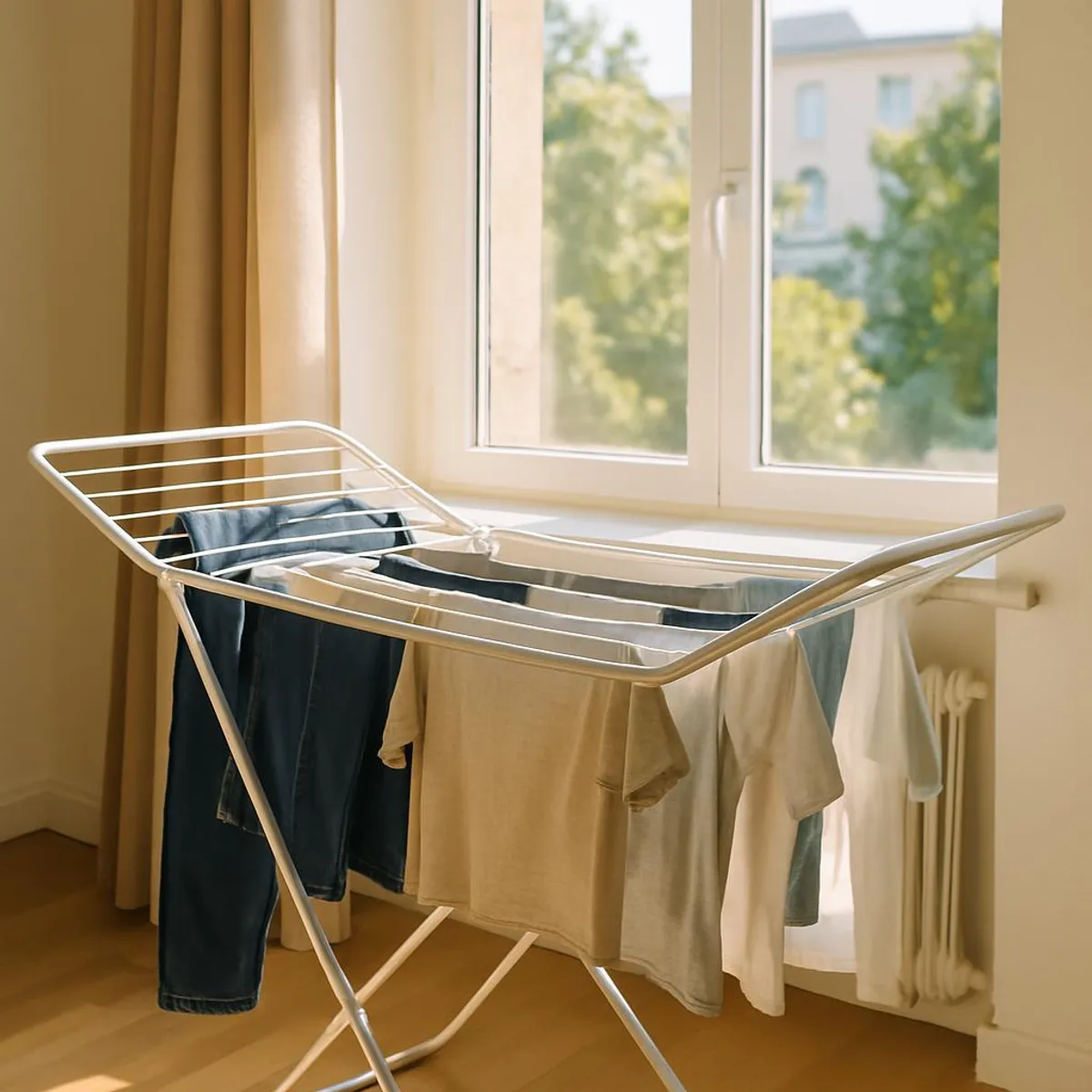
The 7-Load Dryer Ball Challenge
Ready to test this in your real life? Try this one-week experiment:
- Get a 4-6 pack of wool dryer balls.
- Run 7 loads using your normal routine. Track dry time, static, and softness.
- On loads 3 and 6, lower heat and finish with a quick hang-dry. Note the difference in static.
- On a synthetic-heavy load, try the damp washcloth trick for the final 10 minutes.
- Clean your lint trap and check your vent once mid-week to keep results honest.
- Log your results and pick your new default: balls, sheets, or air-dry.
Snap a before/after of your laundry setup and tag us on Instagram so we can cheer you on:

Small swaps really do add up. A few wooly helpers in the drum today can mean fewer minutes on the meter, softer towels, and less waste all year. Your laundry, your bills, and the planet will all feel the difference.




